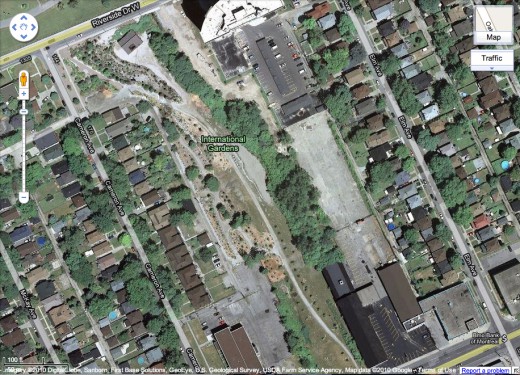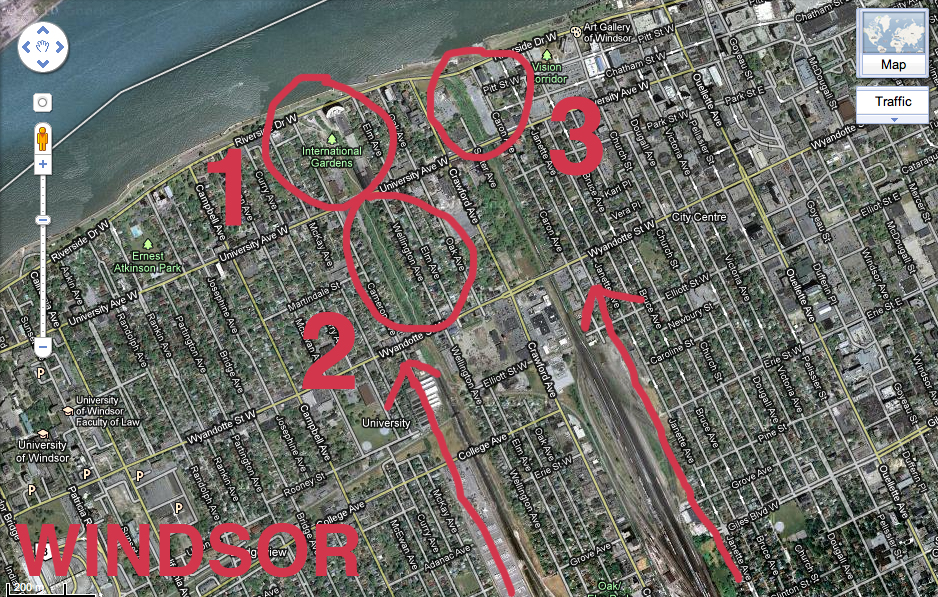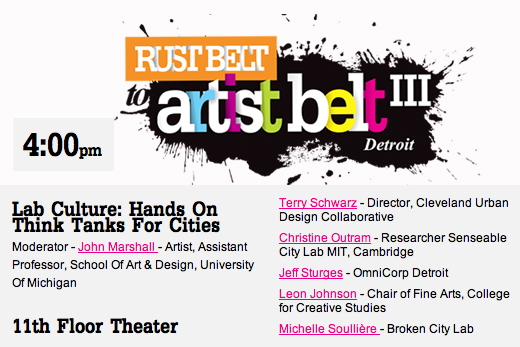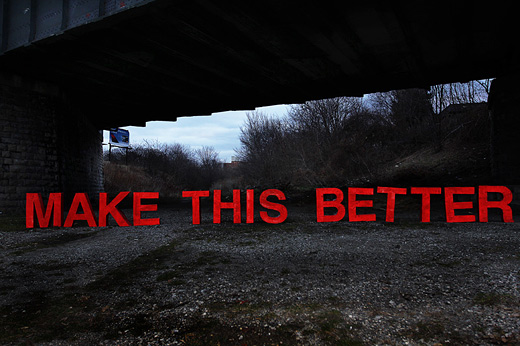“One can understand the railroad in engineering terms, as the history of trains and tracks, or in architectural terms, as stations and freight yards, or in urban planning terms, as the right and the wrong side of the tracks, without fully capturing its social history as the production of space.” — from The Power of Place by Dolores Hayden
Among the railway cuts examined throughout my research, International Gardens came to be an example of how these types of environments could exist and be somewhat functional when community residents of the surrounding neighbourhood come fourth to maintain, clean up, use and care about them. International Gardens also shows the limits of community engagement without a proper long-term plan, multidisciplinary approaches, or youth integration, as well as the importance of city backing and complications due to lack thereof on initiative such as this.

















